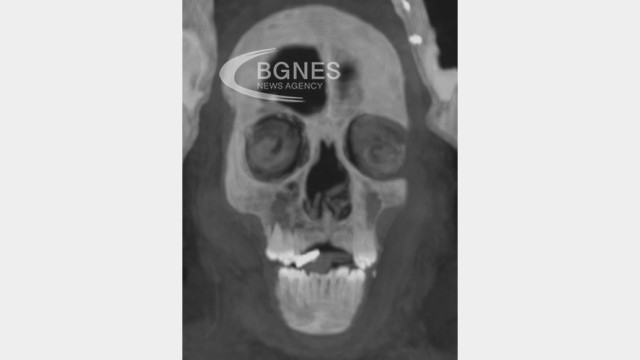A new technique has been developed that could help people suffering from brain injuries.
Researchers at the University of Oxford have managed to 3D print neuronal cells that mimic the cerebral cortex, or the outermost layer of the brain.
This is the part responsible for important functions such as language, memory, reasoning or decision making.
When these 3D-printed cells were implanted into brain slices of mice, they integrated with the host's tissue, the university reported. The findings were published in the journal Nature Communications.
"This achievement marks a significant step towards making materials with the full structure and function of native brain tissues," said lead author Dr Yongcheng Jin from the Department of Chemistry at the University of Oxford.
"The work will provide a unique opportunity to study the functioning of the human cerebral cortex, and in the long term will give hope to people who have suffered brain injuries," he added.
Traumatic brain injuries can be caused by contact sports, trauma or stroke and usually result in damage to the cerebral cortex.
Although millions of people worldwide suffer from these injuries, there is no effective treatment.
Regenerative therapies, which use a person's own stem cells to repair damaged tissue, are one option being explored to treat these types of brain damage.
But no way has yet been found for them to interact properly with natural brain tissue.
Scientists have now used a technique called 'droplet printing' to create two 'bioinks' from stem cells to produce a two-layered structure.
Stem cells have the potential to become the types of cells found in most human tissues, and they can be easily obtained from cells collected from patients themselves and not trigger an immune response.
The researchers then tested the tissues ex vivo by implanting them into mouse brain slices -- a dissected section of their brain.
They found that the brain cells integrated well with existing mouse brain cells, with the human and mouse cells "talking to each other".
The researchers now want to improve their 3D printing method to create brain tissue that better mimics the human brain.
"The development of the human brain is a delicate and complex process with a complex composition. It would be naïve to think that we can recreate the entire cellular progression in the laboratory," said lead author Professor Zoltan Molnar from Oxford's Department of Physiology, Anatomy and Genetics.
However, these results show significant progress "in the formation of the basic functional units of the cerebral cortex," he added.
In the future, these brain tissues could help treat brain injuries, test new drugs, and study brain development and function./BGNES







